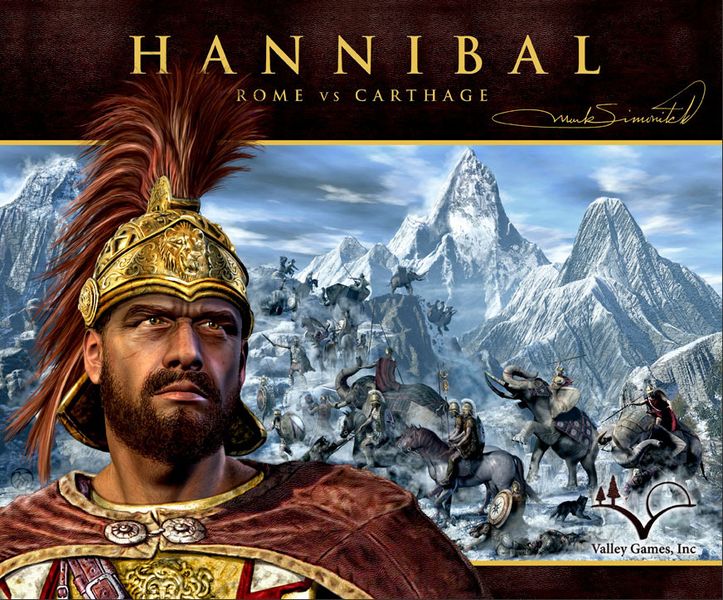Hannibal: Rome vs. Carthage (1996) Board Game
Hannibal: Rome vs. Carthage is a two-player board game that simulates the struggle between Rome and Carthage during the Second Punic War. Players take on the roles of either the Romans or Carthaginians and strategize to gain control of various regions in the Western Mediterranean.
Game Components of Hannibal: Rome vs. Carthage
How To Setup Hannibal: Rome vs. Carthage
To set up the game, players first lay out the game board, which represents the geographical area of conflict. Each player selects their side, either Rome or Carthage, and receives the corresponding Strategy Cards and initial troops. The board is populated with counters indicating the starting positions of armies and the political control of provinces. The deck of Strategy Cards is shuffled, and each player draws a starting hand. Battle Cards are also prepared but are only used when armies engage in combat.
Gameplay Mechanics and Game Objective
Player Experience
Playing **Hannibal: Rome vs. Carthage** is a deeply strategic and historically rich experience. The game requires careful planning and resource management, as players must balance military actions with political maneuvering. The card-driven mechanics add a layer of unpredictability, making each game unique. The game can be complex, especially for new players, but as players become more familiar with the rules, the game flow becomes smoother, allowing for a more immersive experience.
Pros
Cons
Personal Thoughts on Hannibal: Rome vs. Carthage
**Hannibal: Rome vs. Carthage** is ideal for players who enjoy strategic, historically-themed games and are willing to invest time in learning the rules. It is particularly suited for those fascinated by ancient history and military strategy. While it may not be the best fit for casual gamers due to its complexity, it is a rewarding experience for those who appreciate depth and historical accuracy in their games. The 2017 edition, **Hannibal & Hamilcar**, offers an updated and expanded version of the game, including the **Hamilcar: First Punic War** expansion, which adds even more depth and variety to the gameplay.
We are supported by our audience. When you purchase through links on our site, we may earn an affiliate commission, at no extra cost for you. Learn more.

